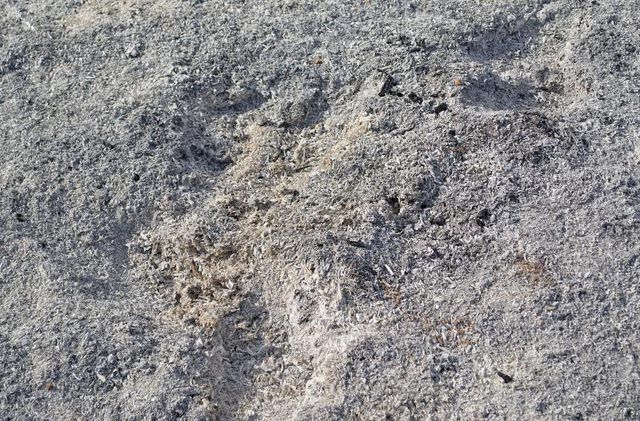Bulbs
Flower Basics
Flower Beds & Specialty Gardens
Flower Garden
Garden Furniture
Garden Gnomes
Garden Seeds
Garden Sheds
Garden Statues
Garden Tools & Supplies
Gardening Basics
Green & Organic
Groundcovers & Vines
Growing Annuals
Growing Basil
Growing Beans
Growing Berries
Growing Blueberries
Growing Cactus
Growing Corn
Growing Cotton
Growing Edibles
Growing Flowers
Growing Garlic
Growing Grapes
Growing Grass
Growing Herbs
Growing Jasmine
Growing Mint
Growing Mushrooms
Orchids
Growing Peanuts
Growing Perennials
Growing Plants
Growing Rosemary
Growing Roses
Growing Strawberries
Growing Sunflowers
Growing Thyme
Growing Tomatoes
Growing Tulips
Growing Vegetables
Herb Basics
Herb Garden
Indoor Growing
Landscaping Basics
Landscaping Patios
Landscaping Plants
Landscaping Shrubs
Landscaping Trees
Landscaping Walks & Pathways
Lawn Basics
Lawn Maintenance
Lawn Mowers
Lawn Ornaments
Lawn Planting
Lawn Tools
Outdoor Growing
Overall Landscape Planning
Pests, Weeds & Problems
Plant Basics
Rock Garden
Rose Garden
Shrubs
Soil
Specialty Gardens
Trees
Vegetable Garden
Yard Maintenance
How to Add Potassium to an Organic Garden
How to Add Potassium to an Organic Garden. Potassium is an essential nutrient in your organic garden soil, helping your plants take up nutrients and create protein. If a recent soil test has found it lacking in your garden, you have ways to fix that. The path you choose may depend on how much time you have until the next growing season -- or choose...
Potassium is an essential nutrient in your organic garden soil, helping your plants take up nutrients and create protein. If a recent soil test has found it lacking in your garden, you have ways to fix that. The path you choose may depend on how much time you have until the next growing season -- or choose all options to ensure quality soil now as well as later.
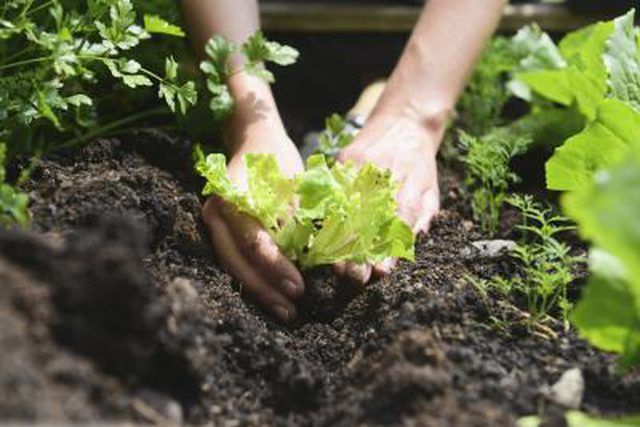
For gardeners who want to add potassium to the soil slowly, plant winter rye (Lolium perenne), hardy from U.S. Department of Agriculture zones 5 through 7. This is a relatively easy option if you're getting started late in the summer and want your soil to be potassium-rich -- as well as nitrogen-rich -- the following spring. Plant it by spreading 1.3 to 3 bushels of seed per acre and then lightly tilling the area, suggests the University of Vermont. An acre is 43,560 square feet. If you have a smaller area, follow the proportions indicated on the seed packet. When the plants are between 12 and 18 inches tall in the spring, till them into the soil, where they'll break down over the growing season.
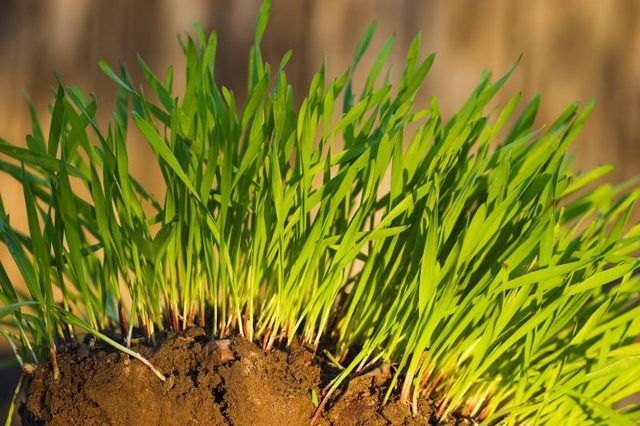
Compost is rich in potassium, nitrogen and phosphorus -- the nutrients necessary for your plants to thrive. This too, though, is a slower method of delivering nutrients, so get it started in the fall so you can work it into your garden in the spring. Inside a bin or on the ground, lay down 6 to 8 inches of leaves, organic straw or other carbon-rich materials. Then add 2 inches of soil, as well as 1 or 2 inches of manure or kitchen scraps. Banana peels are especially good, as they add lots of potassium. Continue adding layers and churn the pile with a pitchfork at least once a week. You can also use grass clippings, but since they get matted, add just 4 inches at a time, recommends the University of Missouri Extension. Work your crumbly, dark, finished compost into the soil in spring.
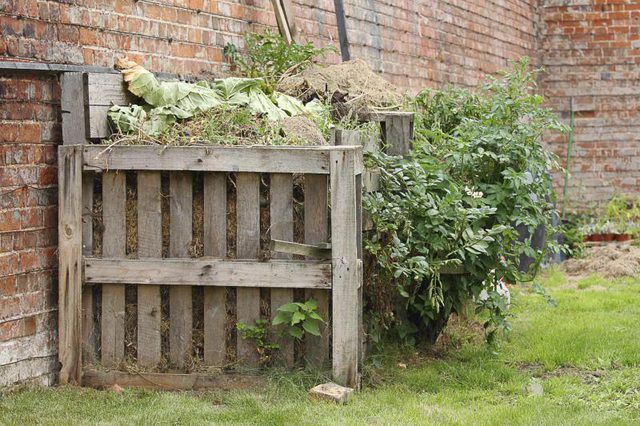
Another option is to add manure directly to your soil, which can result in getting potassium and other nutrients to your plants faster. If you buy it at a garden supply store, it typically comes already composted, according to Roy McGinnis of Vegetable Gardener magazine. Store-bought manure -- especially poultry, pigeon or goat manure -- can add potassium fast. If you have livestock of your own, including horses, pigs, cows, poultry, sheep or goats, work the manure into your soil in the fall to allow it to break down first. And of course, you can also simply add it to your compost pile.
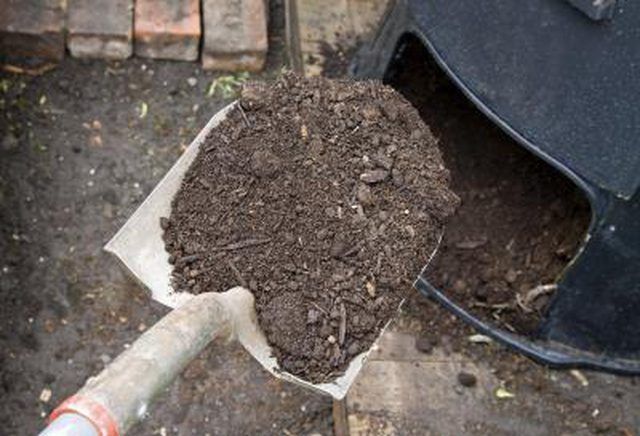
Perhaps the fastest way to deliver potassium to your garden is to shovel in some ash from hard wood. Julie Day from Today's Homeowner recommends working in a 5-gallon bucket of ash for every 1,000 square feet of garden space you have. Keep in mind, though: ashes from a fireplace may also contain heavy metals, warns Oregon State University Extension, so take care where your ashes come from. Wood ash can provide potassium to your soil within one to four months.
